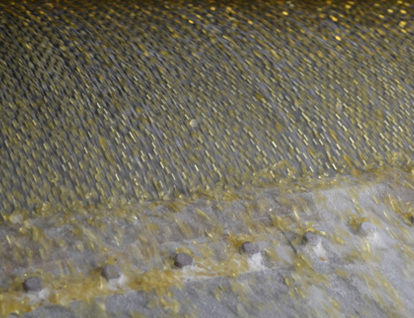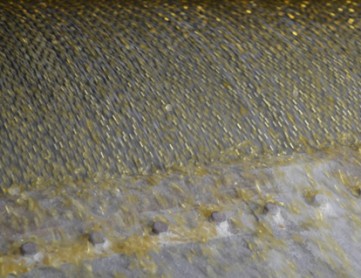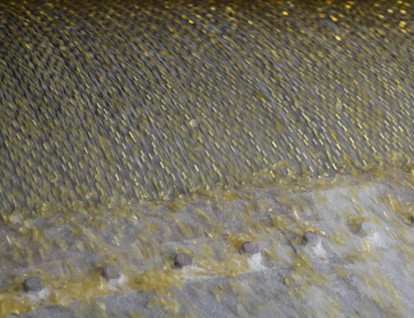
 Language
▼
Language
▼
More Language





Technical analysis of tire-specific rubber tackifying resins
I. Main types and raw materials
Phenolic resin:
Octylphenol tackifying resin (203 resin): Made by polycondensation of tert-octylphenol and formaldehyde, with a softening point of 110-130°C, it significantly improves the self-adhesiveness and thermal aging properties of the rubber compound, and is suitable for bonding semi-finished products of all-steel radial tires.
Phenolic reinforcing resin: Cured by hexamethylenetetramine (HMT) to form a thermosetting structure, it is used in areas such as treads and tire beads that require high rigidity and hardness, and improves wear resistance and deformation resistance.
Petroleum resin:
C5/C9 copolymer resin: Made from cracked carbon five and carbon nine fractions, with a softening point of 80-100°C, it has good compatibility with natural rubber, can enhance the adhesion between rubber particles and between rubber particles and cords, and is suitable for high-demand products such as radial tires.
Cold polymerization hydrocarbon resin (such as LS601): strong initial adhesion and environmentally friendly (PAHs certified), used for conveyor belts, sealing strips and tire rubber, improves bonding strength but needs to avoid peroxide vulcanization system.
Coumarone resin:
Using coal tar as raw material, softening point 75-135℃, as a solvent-based tackifier and reinforcing agent, it improves rubber toughness, hardness and cut resistance, and is suitable for tread rubber modification.
2. Core performance requirements
Tackifying effect:
Adding 2-10 parts of octyl phenolic resin can reduce the Mooney viscosity of the rubber and improve self-adhesion (peel strength ≥ 2.5 MPa).
C5/C9 copolymer resin achieves a 30% increase in rubber-fabric interface bonding strength by regulating molecular polarity.
Heat resistance and durability:
The phenolic reinforcing resin has a temperature resistance of 150℃ after HMT curing, and the tensile strength retention rate after heat aging is >85%.
Coumarone resin has excellent weather resistance and can withstand temperature cycles of -40~120℃, extending the service life of tires.
Environmentally friendly adaptation:
LS601 and other resins have passed RoHS and PAHs certification, with a VOC content of <50 ppm, which meets the EU tire environmental protection standards.
3. Application scenarios and process adaptation
Tread rubber:
The modified resin SM100 is compounded with PR383, combined with the white carbon black reinforcement system, to reduce the rolling resistance of EV tires by 15% and increase the wear resistance by 20%.
Coumarone resin is blended with rubber to improve the fluidity of the rubber and reduce processing energy consumption.
Sidewall and bead:
Phenolic reinforcing resin is used for bead triangle rubber to improve rigidity (Shore hardness ≥85) and deformation resistance.
P-580 aromatic modified resin enhances the adhesion of chloroprene rubber adhesive and is suitable for tire repair glue and sealing layer.
High-end tires:
High-transparency resins (such as P-580) are used for the bonding layer of run-flat tires, with yellowing resistance ΔE<2.0@UV aging 1000h.

 Address:Linzi District,Zibo City,Shandong Province
Address:Linzi District,Zibo City,Shandong Province E-mail:wanbang@wanbangresin.com
E-mail:wanbang@wanbangresin.com WhatsApp:+8615053337101
WhatsApp:+8615053337101
China C5 hydrogenated petroleum resin supplier : Shangdong Wanbang New Materials Co., Ltd.
C5 hydrocarbon resin manufacturer has a wide range of applications, high quality, low price, and multiple uses.Welcome to consult.